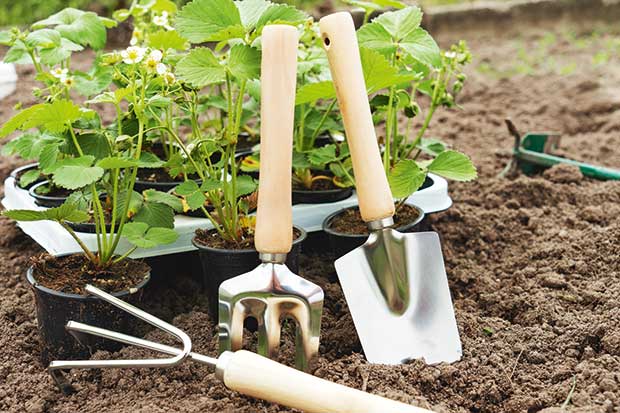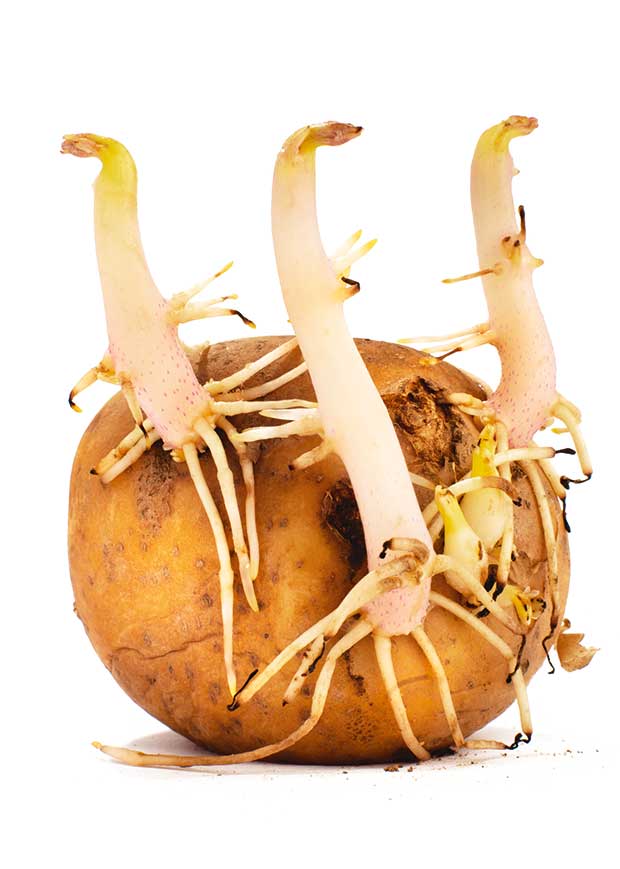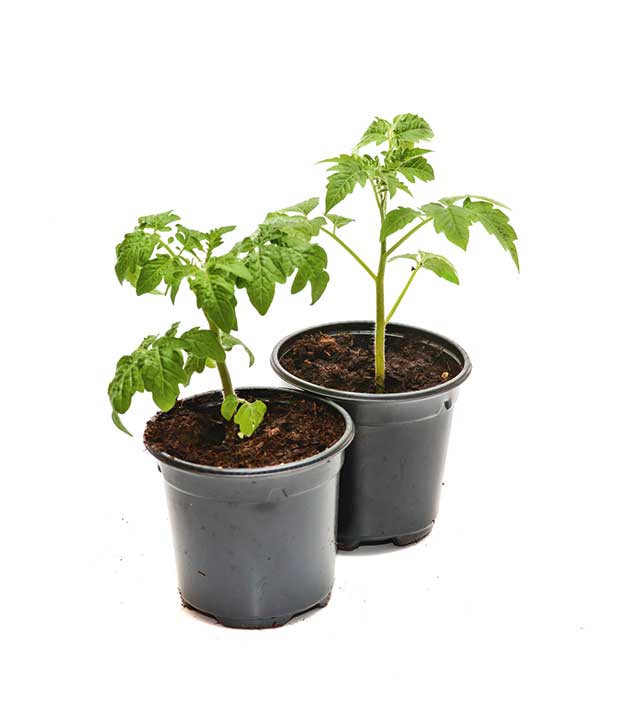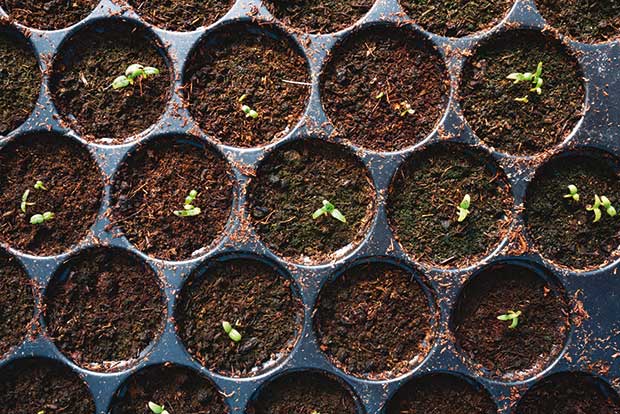Your August gardening checklist: Plant strawberries, sow warm-season vegetables, keep an eye on seedlings

It’s officially time to start prepping for spring.
Words: Jane Wrigglesworth
Avoid working in the garden if your soil is overly wet. Walking on wet soil causes compaction, which damages soil structure by reducing the amount of air. Good soil needs a high level of air to allow nutrients and water to move through it, and for good root growth. If you need to get in the garden, lay down a couple of planks to use as standing platforms while you work. The planks will distribute your weight over a wider area, meaning less compaction.
Well-sprouted early potatoes can be planted out. Use a tunnel house in cooler regions.

Start a routine fruit tree spray schedule prior to bud break in spring. Apply a copper spray when dry (or immediately after rain) to prevent fungal diseases such as leaf curl, botrytis and black spot. Spray again after flowering, then again at leaf fall in autumn. Make sure you cover your trees thoroughly, paying special attention to small crevices.
Asparagus crowns can be planted in rich, sandy, well-drained soil in full sun.
Plant strawberries in full sun in free-draining soil. Shaded locations will promote more leaves than fruit. Mix a 10cm layer of compost into the soil before planting. Limit the width of rows to 90-120cm so that you can easily reach into the centre to harvest. Give plants plenty of space (about 45-60cm apart). They will produce several runners throughout the season and fill your bed. Apply a fertiliser that has roughly the same potassium (K) ratio as nitrogen (N) – a liquid tomato fertiliser is ideal. Feed again when you see fruit forming.
Start sowing warm-season vegetables such as tomatoes, capsicums and chillies indoors in pots for transplanting in October.

Beetroot, broccoli, cabbage, cauliflower, celery, leeks, lettuce, onions, parsnips, silverbeet and spinach can be sown in trays for transplanting later. Broad beans, bok choy, onions and spring onions can be sown directly into the soil.

Watch out for ‘damping off’ among seedlings. This is caused by fungi which produce a layer of what looks like delicate fuzz up the stems. Seedlings then shrivel up and die. To reduce the risk of damping off, always use a sterile seed-raising mix. Poor light and excessive moisture makes plants more susceptible. Dig out and discard any infected plants and soil.
Love this story? Subscribe now!
 This article first appeared in NZ Lifestyle Block Magazine.
This article first appeared in NZ Lifestyle Block Magazine.
